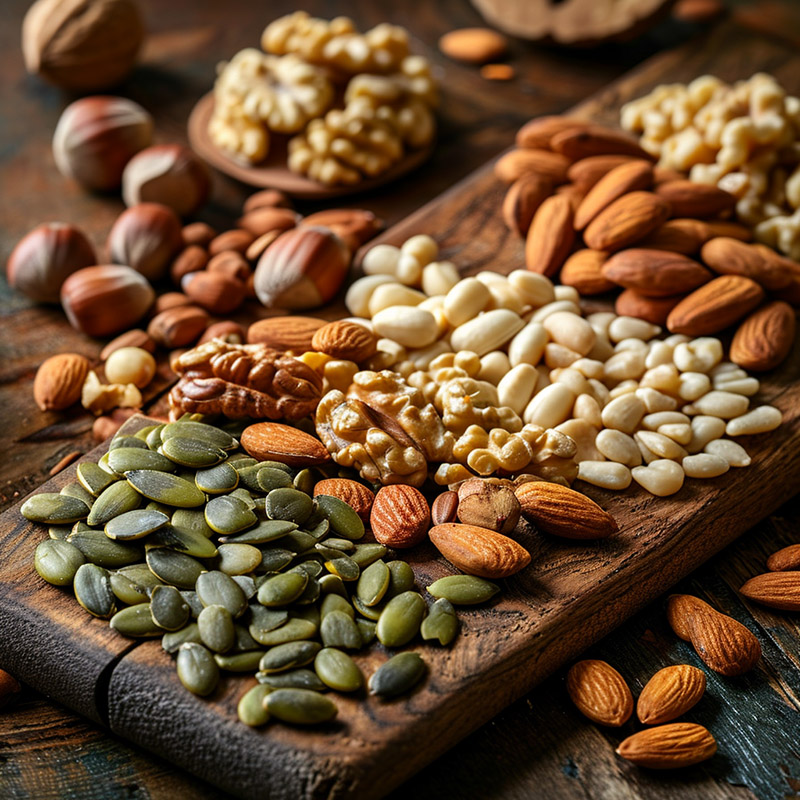
Magnesium is an essential mineral that plays a pivotal role in numerous bodily functions, making it vital for overall health. Consuming foods rich in magnesium offers a multitude of health benefits, contributing to physical, mental, and metabolic well-being.
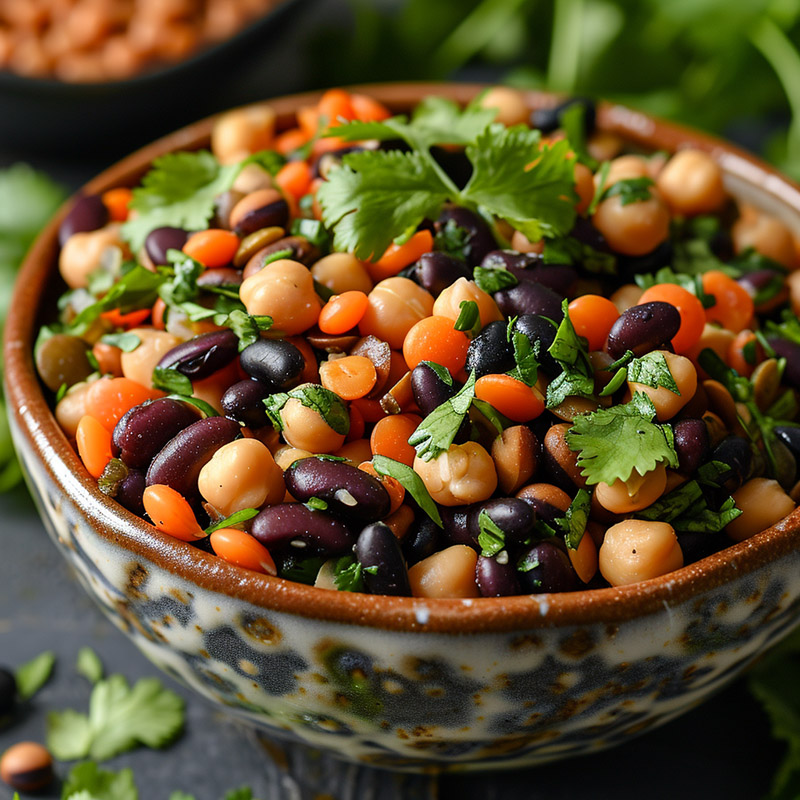
Supports Bone Health: Magnesium is crucial for bone formation. It influences the activities of osteoblasts and osteoclasts, the cells responsible for bone health. Magnesium also helps in the metabolism of calcium and vitamin D, which are vital for maintaining strong and healthy bones. Regular intake of magnesium-rich foods can contribute to the prevention of osteoporosis and may reduce the risk of bone fractures.
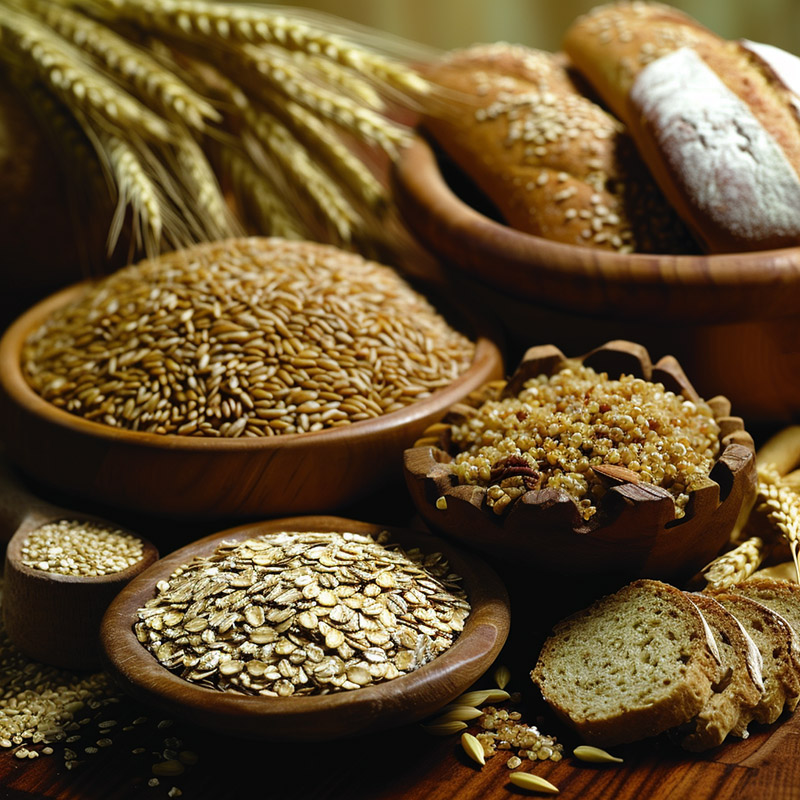
Enhances Heart Health: Magnesium plays a significant role in heart health. It helps to regulate blood pressure by relaxing the blood vessels, thereby reducing the risk of hypertension. Magnesium also supports the healthy rhythm of the heart, reducing the risk of arrhythmias and potentially helping to prevent heart attacks.
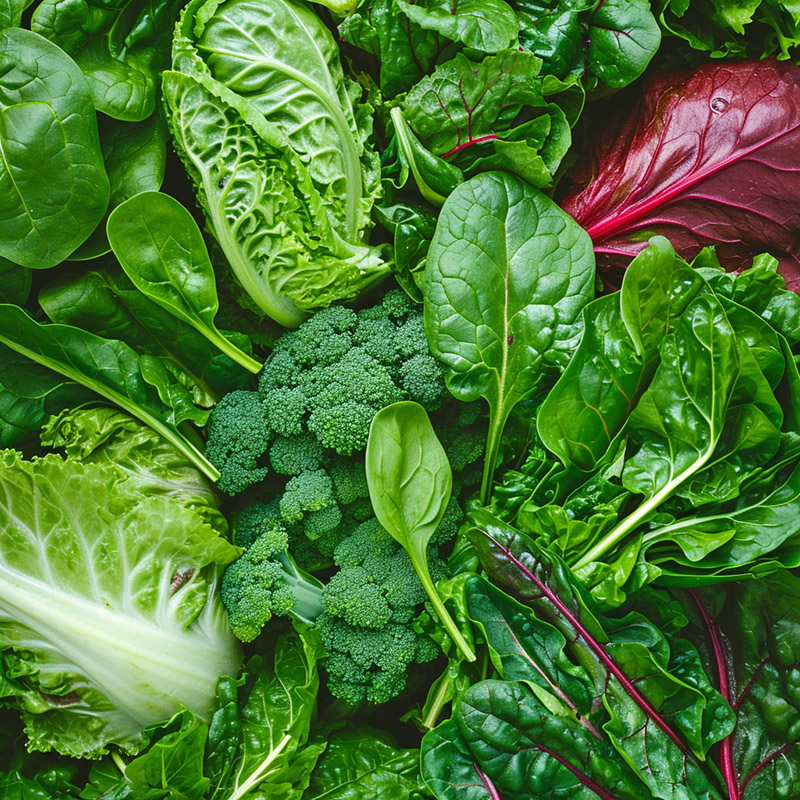
Aids in Diabetes Management: Magnesium is known to improve insulin sensitivity, which is crucial for the management of blood sugar levels. Studies have shown that a higher intake of magnesium can lower the risk of type 2 diabetes, as it plays a role in carbohydrate metabolism.
Improves Mental Health: Magnesium has a calming effect on the nervous system, making it beneficial in managing stress and anxiety. It is also involved in neurotransmitter function, which can help in regulating mood and potentially alleviating symptoms of depression.

Supports Muscle Function: Magnesium is essential for muscle contraction and relaxation. It helps prevent muscle cramps and spasms, which is particularly beneficial for athletes or those with physically demanding lifestyles. Additionally, magnesium can contribute to muscle recovery post-exercise.
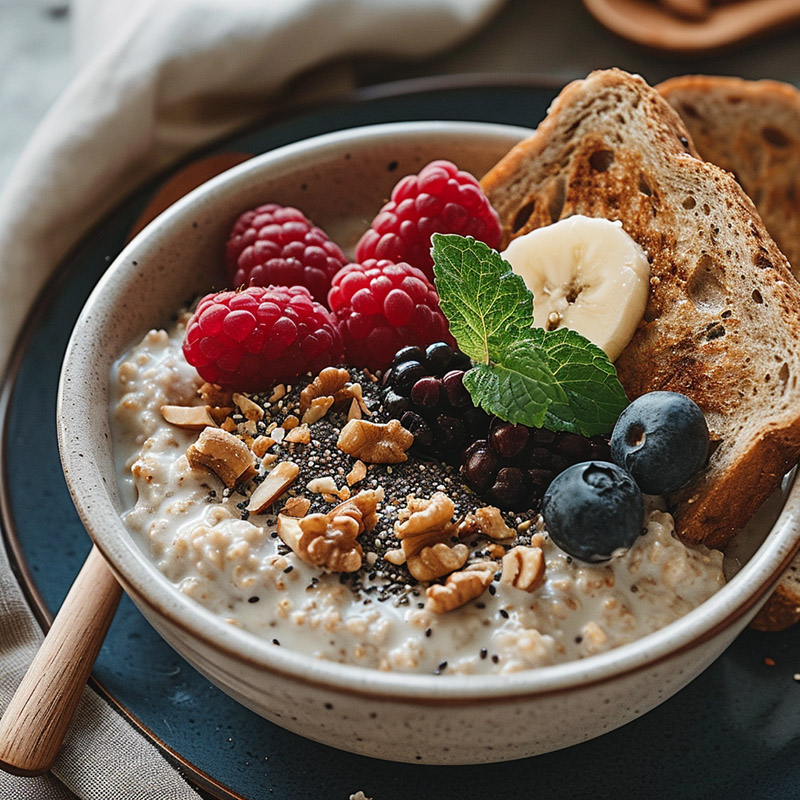
Promotes Digestive Health: Magnesium helps to relax the muscles in the digestive tract, which can alleviate digestive issues such as constipation. By drawing water into the intestines, magnesium helps to soften the stool, making it easier to pass.
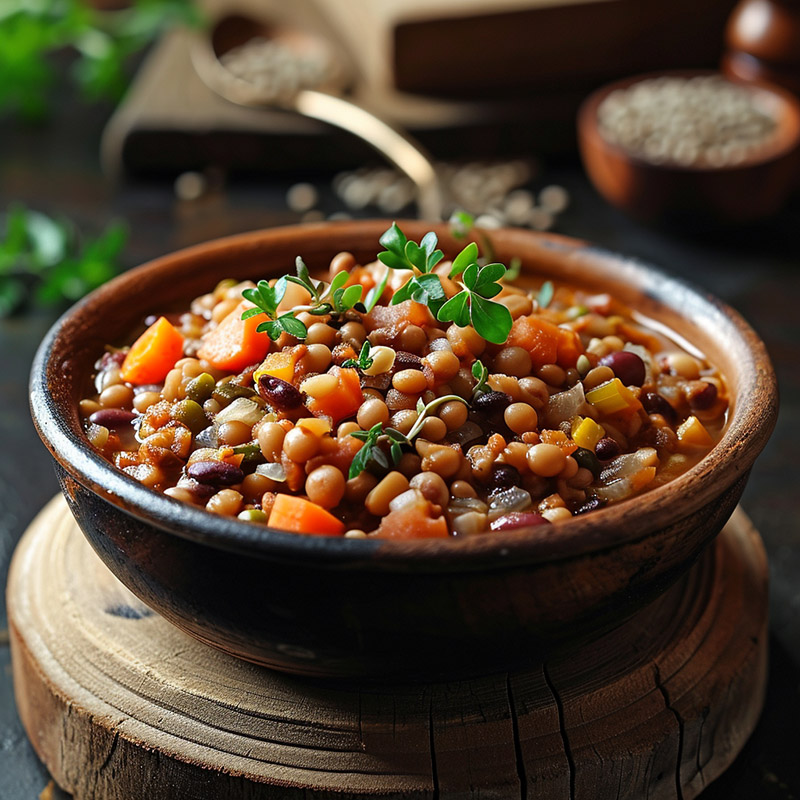
Alleviates Migraines and Headaches: Some studies suggest that magnesium can provide relief from migraines and headaches. Magnesium deficiency has been linked to an increased incidence of migraines, so ensuring adequate intake may help in reducing their frequency.
Enhances Sleep Quality: Magnesium helps in the production of melatonin, a hormone that regulates sleep cycles. It also has a natural muscle-relaxing effect, which can aid in achieving a restful night's sleep. Therefore, consuming magnesium-rich foods may benefit those struggling with insomnia or sleep disturbances.
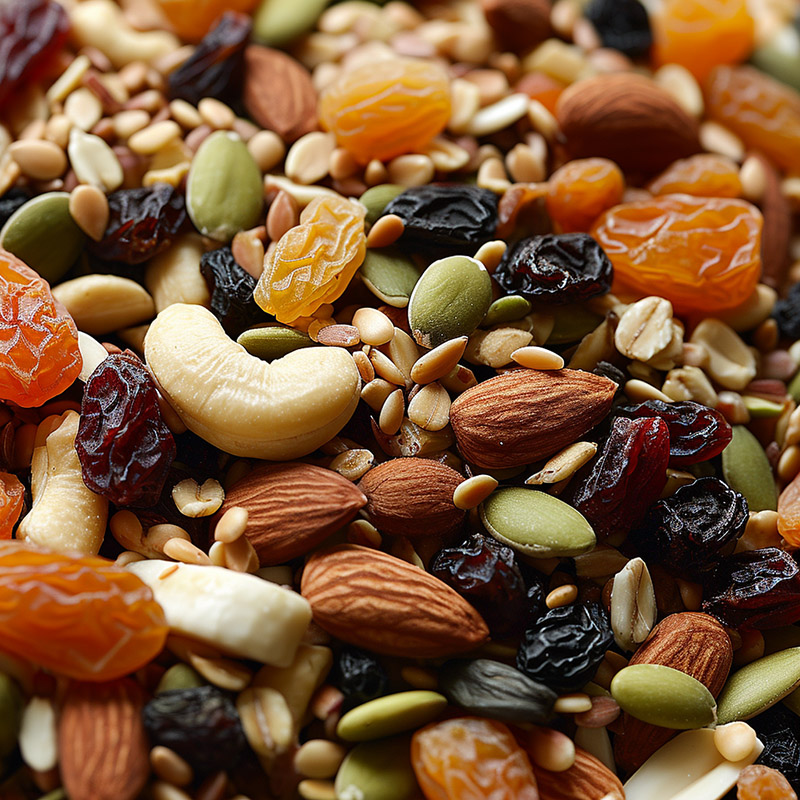
Supports PMS Symptoms: Magnesium can also be beneficial for women suffering from premenstrual syndrome (PMS). It may help in reducing symptoms like mood swings, irritability, and cramps.
Incorporating magnesium-rich foods into your diet is relatively simple. Nuts and seeds (especially almonds, pumpkin seeds, and sunflower seeds), legumes (like black beans and chickpeas), whole grains (such as quinoa and whole wheat), leafy green vegetables (like spinach and kale), and certain fruits (like bananas and avocados) are excellent sources of magnesium.
Magnesium is a key nutrient that supports a broad range of bodily functions and contributes significantly to overall health. From maintaining bone and heart health to improving mood and sleep quality, the benefits of consuming magnesium-rich foods are diverse and impactful.
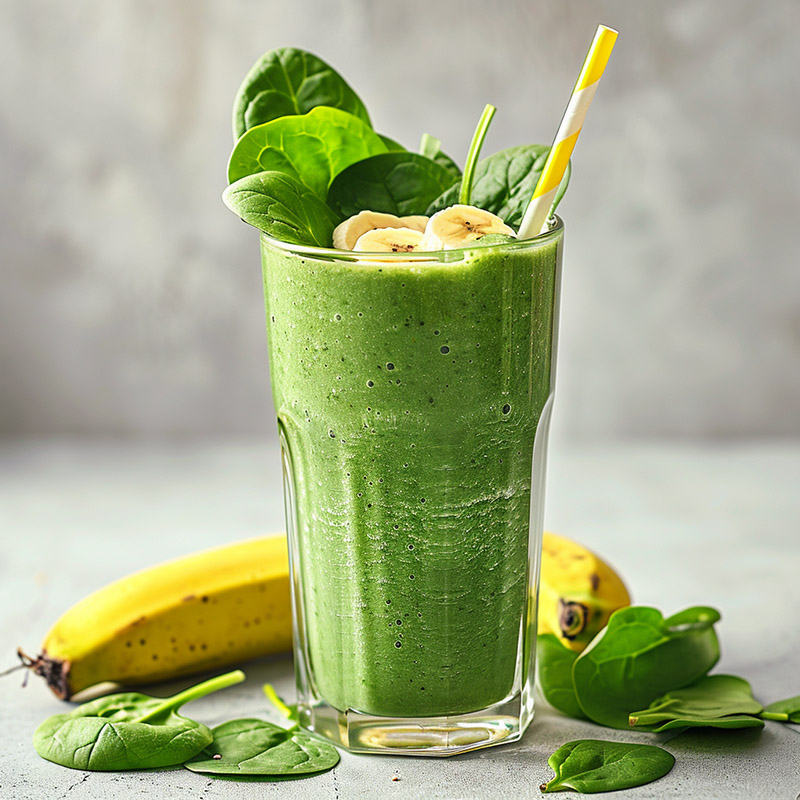
Reducing the Risk of Type 2 Diabetes
In 2003, data from the Nurses' Health Study and Harvard School of Public Health suggested that a higher intake of magnesium may reduce the risk of developing type 2 diabetes, which is one of the fastest growing health epidemics in America. The study was published this week in the current issue of the Journal of the American College of Nutrition.
Research has shown that low magnesium intake may impair insulin sensitivity, or function. Consuming adequate levels of magnesium helps insulin function properly in the body, which may prevent type 2 diabetes. The study's authors said, "Because lower fasting insulin concentrations generally reflect greater insulin sensitivity, these findings provide a mechanism through which higher dietary magnesium may reduce the risk of developing type 2 diabetes mellitus."
However, less than half of American adults consume recommended levels of magnesium. Eating peanuts daily is one easy, proven way to raise blood levels of magnesium. A recent study conducted at Purdue University showed that people with low blood levels of magnesium were able to increase their levels into normal ranges when they ate about three one-ounce servings of peanuts every day. The average increase in magnesium was 58 percent compared to baseline levels. Increased levels of blood magnesium help inhibit clogging of the arteries and thereby reduce heart disease risk.
Another recent Harvard study affirms that peanuts and peanut butter may help prevent type 2 diabetes. Researchers found that consuming a half serving (one tablespoon) of peanut butter or a full serving of peanuts or other nuts (an ounce), five or more times a week, is associated with a 21% and 27% reduced risk of developing type 2 diabetes, respectively. The researchers reported their findings may stem from the fact that higher intakes of fiber and magnesium and foods with a low glycemic index have been associated with reduced risk of type 2 diabetes in several prospective studies.
It is possible to reach the Daily Value for magnesium -- 400 milligrams per day -- by eating a variety of whole foods, including legumes such as peanuts, nuts, seeds, whole grains, fruits, and vegetables. One ounce of peanuts and two tablespoons of peanut butter provide 13% and 14% of the Daily Value, respectively. Processing affects the amount of magnesium in foods, so slightly processed or unprocessed foods are the best choices -- another reason peanuts and commercial peanut butter are good sources of magnesium and many other beneficial nutrients important for health.
In addition to containing over 75 percent of the "good," unsaturated fat, peanuts and peanut butter provide more protein than any other "nut," including the amino acid arginine, a precursor to nitric oxide, which plays an important role in blood vessel health. Peanuts are also a good source of fiber, folate, vitamin E, and potassium, all of which are thought to be important for heart health. Furthermore, peanuts contain bioactive components such as antioxidants, resveratrol, and phytosterols, which provide benefits for reducing risk of both heart disease and cancer.
Sprinkle peanuts on your salad or cereal for extra nutrients and crunch, or snack on a handful of peanuts, or dip vegetable and fruit slices into peanut butter.
The Peanut Institute is a non-profit organization that supports nutrition research and develops educational programs to encourage healthful lifestyles.